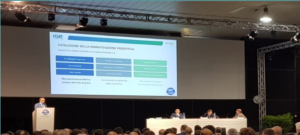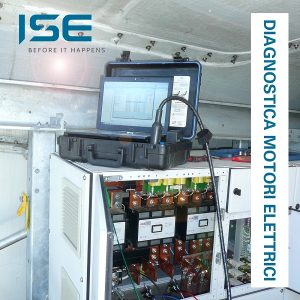Flow Induced Vibration Experiment in Fuel Pin Bundle with Heavy Liquid-Metal Flow: Test Section Design and Measurement Methods Simone Mozzon, Research & Applications Specialist and Marco […]
The maintenance audit is the main tool for defining a maintenance management improvement programme. By maintenance audit we mean the process of verifying the performance of […]
Diagnostic systems for electric motors are the complex of electrical, static and dynamic measurements, used for monitoring the health of an electric motor, for detecting any […]





